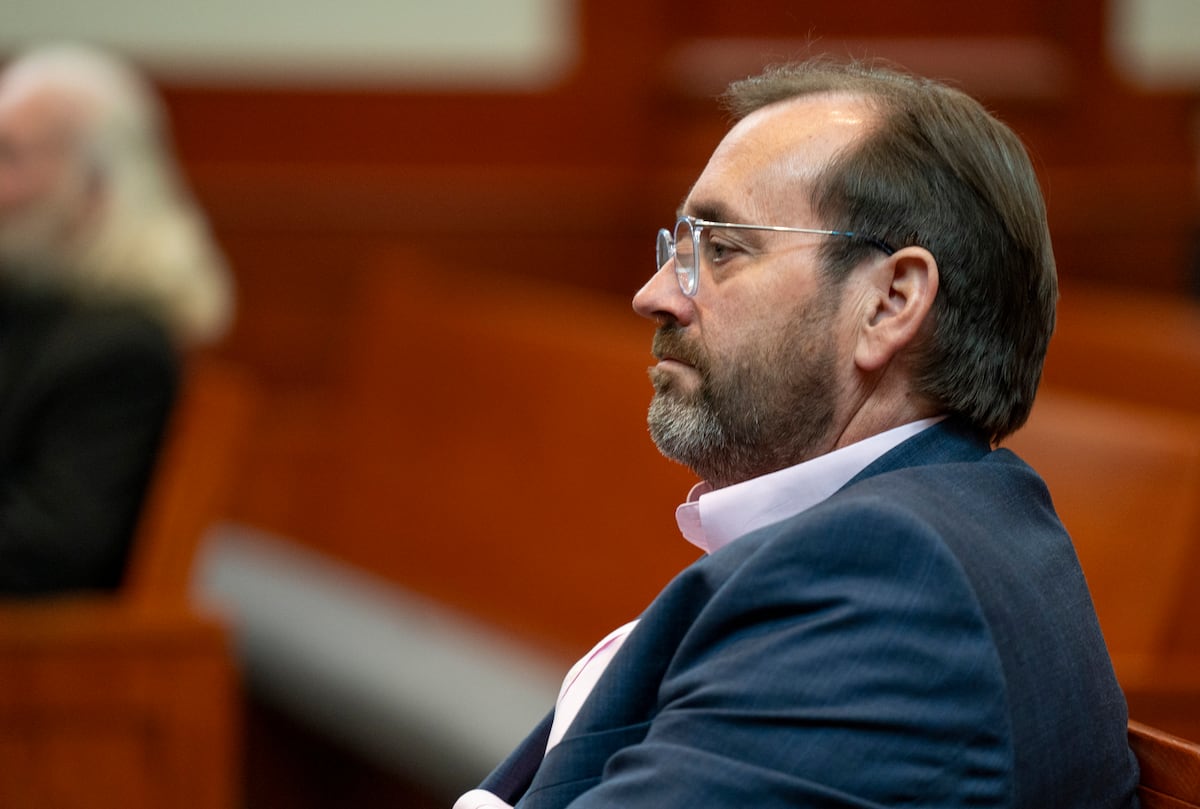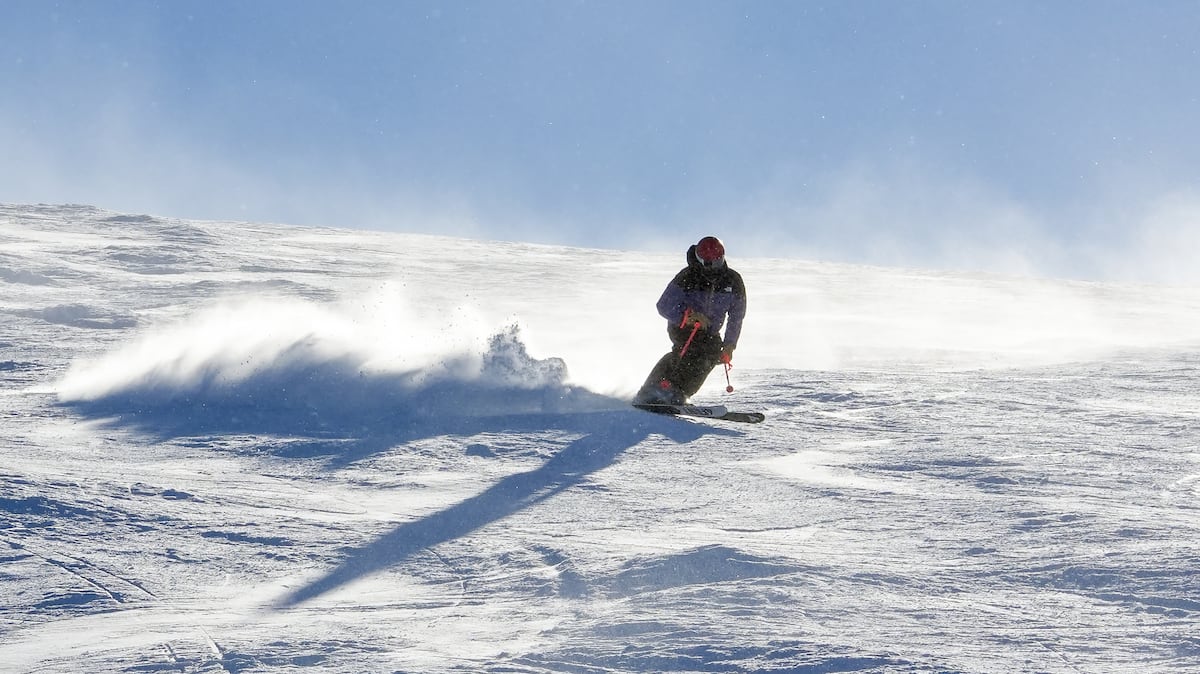When we plan energy systems, we’re not just powering today’s homes but tomorrow’s innovations. When we think about housing, we’re not just sheltering Olympic visitors but shaping communities that will …

Sometimes you can feel time bend. Stand anywhere in Utah right now and you’ll sense it — 50 years of growth compressed into 20. Twenty years squeezed into five, and now another great acceleration as Olympic preparations reshape everything. We’re not just building for 2034 — we’re building for 2054.
It’s not just about building venues or widening roads. It’s about something more profound: the compression of time itself. The future isn’t coming gradually anymore. It’s rushing toward us with the speed of silicon chips and Olympic dreams, with Brad Wilson and the committee ensuring our Olympic vision aligns with Utah’s long-term development needs.
You feel it most clearly in the quiet moments. In how conversations about next year quickly become discussions about the next decade. In how plans for Olympic housing become questions about our children’s communities. In how decisions about power grids become choices about what kind of state we’ll hand to the next generation. This sense of urgency echoes in the governor’s State of the State address, where the time to build isn’t just a slogan — it’s an imperative for Utah’s future.
The Salt Lake Chamber’s “Utah Rising” initiative, led by Derek Miller and Spencer Eccles, captures this momentum, while Natalie Gochnour and the Gardner Policy Institute paint a picture of a “New Utah” emerging from this acceleration. The Legislature’s vigor for big ideas matches the scope of our challenges.
We’ve been here before, of course. The 2002 Olympics came and went, leaving behind not just venues but lessons. The most important? That the real work isn’t about the event — it’s about what happens after. The natural pause that followed those games taught us something crucial: Moments of acceleration require building beyond them.
This is why 2025’s choices matter so deeply. When we plan energy systems, we’re not just powering today’s homes but tomorrow’s innovations. When we think about housing, we’re not just sheltering Olympic visitors but shaping communities that will outlast all of us. When we build infrastructure, we’re not just connecting venues but weaving together Utah’s next chapter.
The compression of time demands something more from us now. Not quick fixes or temporary patches. Not just Olympic-ready solutions but generation-spanning foundations. The decisions we make in 2025 need to answer questions we won’t even ask until 2040.
Here’s what makes Utah different: We’ve always known how to build beyond the moment. Our pioneer ancestors didn’t just create settlements — they planted orchards whose fruit they’d never taste. They built a community whose towers would pierce skies they’d never see.
That’s the spirit we need now. Not just Olympic readiness but lasting resilience. Not just venues but visions. Not just immediate solutions but infrastructure that serves the future.
Time is bending, yes. But Utah knows how to build through its curves.
Let’s get started.
A. Scott Anderson
Scott Anderson is chairman of Zions Bank’s Advisory Board.
Michael Parker is the Director of Community Solutions for The Salt Lake Tribune’s Innovation Lab and principal and founder of Do Good.
Michael Parker is executive director of Utah Impact Partnership.
The Salt Lake Tribune is committed to creating a space where Utahns can share ideas, perspectives and solutions that move our state forward. We rely on your insight to do this. Find out how to share your opinion here, and email us at voices@sltrib.com.
Source: Utah News

















